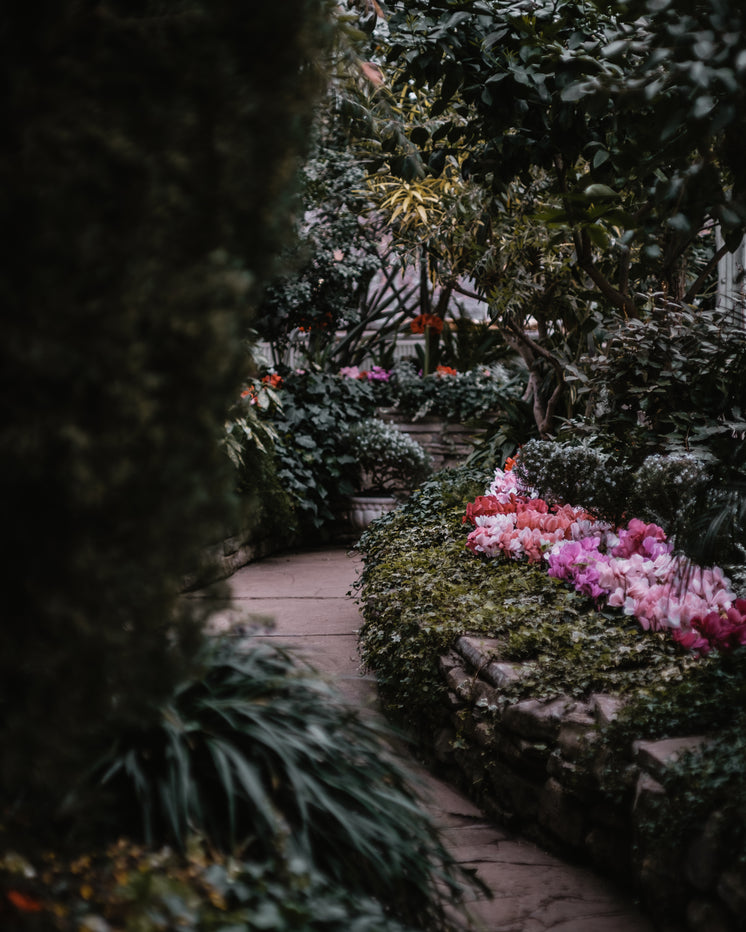Furthermore, houseplants can also have physical health benefits. For example, some plants, such as aloe vera and lavender, have been used for centuries for their medicinal properties. Aloe vera is known for its healing properties and can be applied topically to soothe burns and cuts, while lavender has a calming effect and is often used in aromatherapy to promote relaxation and improve sleep. Having these plants in your home can provide a natural and effective way to treat minor ailments and promote overall well-being.
Another advantage of 3D garden design is the ability to experiment with different elements before committing to any decisions. You can try out different plant combinations, hardscaping features, and furniture layouts to see what works best for your space. This can save you time and money in the long run, as you can make informed decisions about what will work best for your garden.
Creating a beautiful and functional garden can be a challenging task. With so many different elements to consider, from plant choices to layout options, it can be difficult to visualise how everything will come together. This is where 3D garden design can be a valuable tool.
Houseplants have long been a staple of interior design, but their benefits go far beyond just adding a touch of greenery to your home. In fact, research has shown that incorporating houseplants into your living space can have a number of positive effects on both your physical and mental well-being.
Lighting is another important aspect of garden design, helping to create a welcoming and inviting atmosphere in the evening hours. Outdoor lighting can be used to highlight features such as plants, trees, and sculptures, and can also be used to illuminate pathways and seating areas, making visit the following page garden safe and easy to navigate after dark.
One of the key benefits of 3D garden design is the ability to see your garden from all angles. This can help you to identify potential issues, such as awkward corners or areas that are difficult to access. By being able to view your garden from different perspectives, you can make better decisions about the layout and design of your outdoor space.
In conclusion, garden design is an important aspect of creating a beautiful and functional outdoor space. By following key principles such as layout, plant selection, landscaping materials, water features, and lighting, homeowners can create a garden that is both aesthetically pleasing and practical. With the right design, a garden can be transformed into a peaceful retreat that can be enjoyed for years to come.
One of the most well-known benefits of houseplants is their ability to improve air quality. Plants take in carbon dioxide and release oxygen through the process of photosynthesis, which means they can help to freshen up the air in your home. In addition, some houseplants have been shown to filter out harmful toxins such as formaldehyde, benzene, and trichloroethylene, which are commonly found in household products and can contribute to indoor air pollution.
When it comes to garden design, there are a few key principles that should be followed. The first of these is to consider the overall layout of the garden, taking into account factors such as the size and shape of the space, the existing features, and the needs and preferences of the homeowner. The layout of the garden should be practical and functional, with clearly defined areas for different uses, such as dining, relaxation, and play.
When it comes to choosing houseplants for your home, there are a wide variety of options to consider. Some popular choices include spider plants, peace lilies, snake plants, and pothos, all of which are known for their air-purifying qualities and ease of care. If you have limited space or sunlight, you may want to consider low-light plants such as philodendrons, ferns, or spider plants, which can thrive in darker conditions.
 3D garden design can also help you to visualise how your garden will look in different seasons and at different times of day. This can be particularly helpful when planning a garden that is designed to be enjoyed throughout the year. By seeing how your garden will look in different conditions, you can ensure that it will be a space that is inviting and functional no matter the time of year.
3D garden design can also help you to visualise how your garden will look in different seasons and at different times of day. This can be particularly helpful when planning a garden that is designed to be enjoyed throughout the year. By seeing how your garden will look in different conditions, you can ensure that it will be a space that is inviting and functional no matter the time of year.
Caring for tropical houseplants is relatively easy, as long as you provide them with the right conditions and attention. Most tropical plants prefer bright, indirect light, so be sure to place them in a spot where they will receive plenty of natural light without being exposed to harsh sunlight. Watering requirements vary from plant to plant, but in general, it’s best to water tropical plants when the top inch of soil is dry to the touch.
One of the key advantages of 3D garden design is the ability to incorporate different elements into your design that are difficult to visualize in 2D. For example, you can experiment with different lighting schemes, water features, and outdoor furniture placement to create a truly immersive and inviting outdoor space. By seeing these elements in 3D, you can make informed decisions about how to best enhance your garden and make it a true extension of your home.

